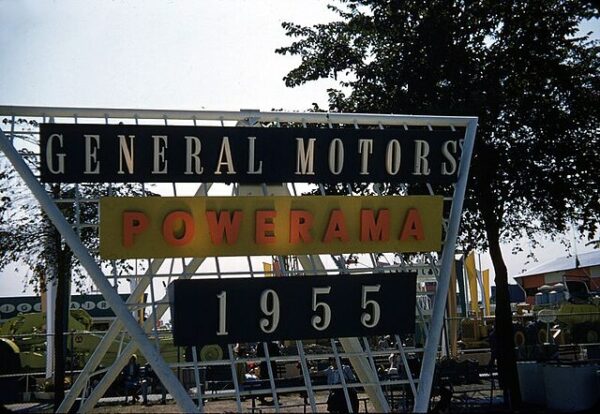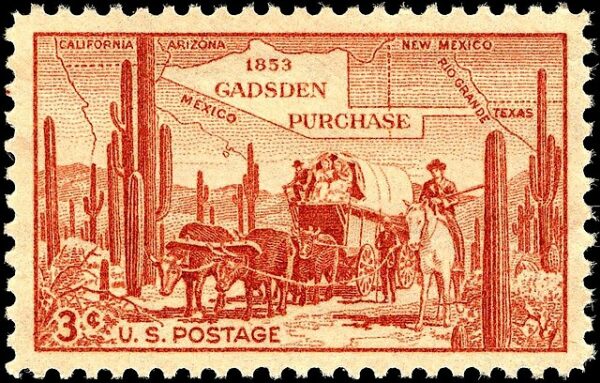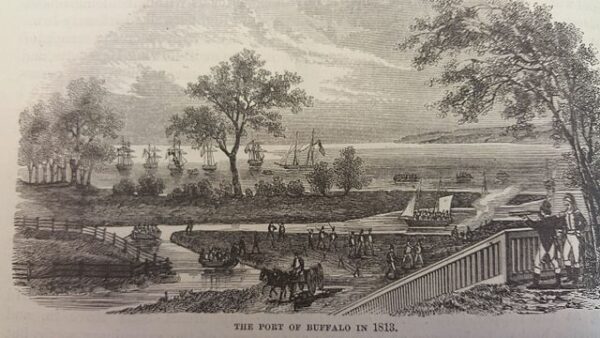They say that as GM goes, so goes America. The story of GM began in 1907 when William Durant “received a phone call about a large automobile merger put together by financier J.P. Morgan. Weeks later, Durant held a meeting in his room at the original Pontchartrain Hotel, together with three other automotive leaders. They were Henry Ford, Ransom Olds of REO, and Ben Briscoe of Maxwell-Briscoe. When Ford announced that he wanted money, not stock, the talks fell apart. Everyone left the sinking ship except Durant, because he knew there must be consolidation.
Durant had a plan B. He knew Oldsmobile was having a difficult time. He took a night train to Lansing, Michigan, roused the Olds officials from bed, and proposed creating a holding company called General Motors that would include Buick and Oldsmobile. They agreed, and General Motors was incorporated on September 16, 1908.
In fact, Durant almost purchased Ford in 1909. After getting GM in shape, Durant had Henry Ford agree to sell the company for $8 million. The loan committee of the bank, however, passed on this deal. If Durant had had the cash, Ford would have become a division of GM.
By the start of 1909, Durant was ready to move in a big way. His aim was nothing less than to gain control of some of the biggest and best automobile companies in America. But he also wanted to get in on the ground floor with companies that were just starting. He wondered what their patents, products and inventions might bring.
Wrote Durant, ‘I figured if I could acquire a few more companies like Buick, I would have control of the greatest industry in this country. A great opportunity, no time to lose, I must get busy,'” according to General Motors.
Durant’s ambitious strategy continued as he sought to bring even more automakers into the GM fold. In 1910, he successfully acquired the Chevrolet Motor Company, which later became one of GM’s flagship brands. This acquisition significantly contributed to GM’s growth and further solidified its position as a major player in the industry.
General Motors’ early years were marked by fierce competition and innovation. The company introduced several groundbreaking technologies and designs, such as the electric starter, which made automobiles more accessible to the general public. GM’s success in mass production and marketing strategies, including offering various models at different price points, ensured its products appealed to a wide range of consumers.
General Motors has been a cornerstone of the American economy since that fateful day in 1908, boasting a vast presence in manufacturing, employment, and commerce. For over a century, it has provided livelihoods to countless Americans, creating jobs in its factories, research and development centers, and a nationwide network of dealerships. This robust job creation has sustained countless families and fueled economic growth in various regions, making GM a symbol of American industrial strength and economic vitality.
Simultaneously, GM has been a trailblazer in the American automotive industry, driving innovation and technological progress. From pioneering advancements like the automatic transmission to recent breakthroughs in electric vehicle technology, GM’s contributions have not only shaped the automotive landscape but have also extended into broader technological spheres.
The company’s iconic brands, deeply woven into American culture, have become synonymous with American identity and have left an indelible mark on the nation’s cultural landscape. GM’s legacy reflects a shared history of innovation, mobility, and American aspiration.






